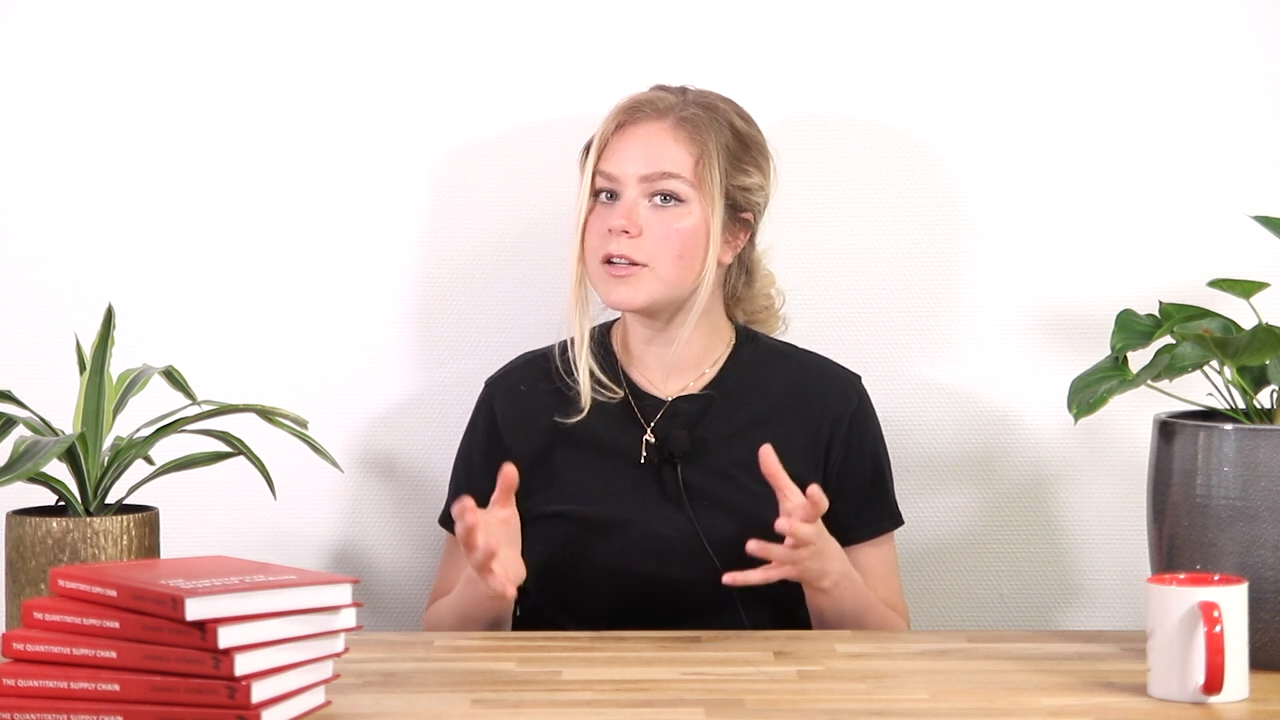Description
The supply chain triangle refers to the correlation between cost, cast and service in a supply chain. A business provides its customers with a certain type of service that requires both cash to produce and deliver and has a cost associated with it.
Service is measured as the probability of not hitting a stock-out of a given product on demand, and is shaped by a company’s fillrate, product portfolio, flexibility of order and the lead time on the product deliveries. When it comes to cost, it is the costs associated with providing the services to the customer. Warehouse expenses and shipping are a typical example, but so are the cost of the goods themselves. If you are a producer, the manufacturing expenses will also be a key cost component. Finally, cash is the working capital and accounts for the operating activities for the company.
You may wish to lower your costs by shipping in large batches from the cheapest producers in Asia with long lead times. However, that will force more cash to be tied up in inventory. You may want to better the service by offering a larger variety of products and faster deliveries, but that will require that you store more products in warehouses located closer to the customer. If you want to free up more cash you may lower your inventory levels, but at the expense of worsening the service for your customers.
It is crucial to remember that the supply chain is not composed of things in isolation. An improvement in A does not mean an improvement in B, and in fact, often leads to worsening the situation in B. Balancing the triangle correctly is therefore as challenging as it is essential for the success of your supply chain.
The supply chain triangle of cost, cash and service has been popularized by Bram Desmet in mid 2010’s. The book ‘Supply Chain Strategy and Financial Metrics: The Supply Chain Triangle Of Service, Cost And Cash’, also by Bram DeSmet, was later published in 2018 as a more comprehensive perspective on the subject.


